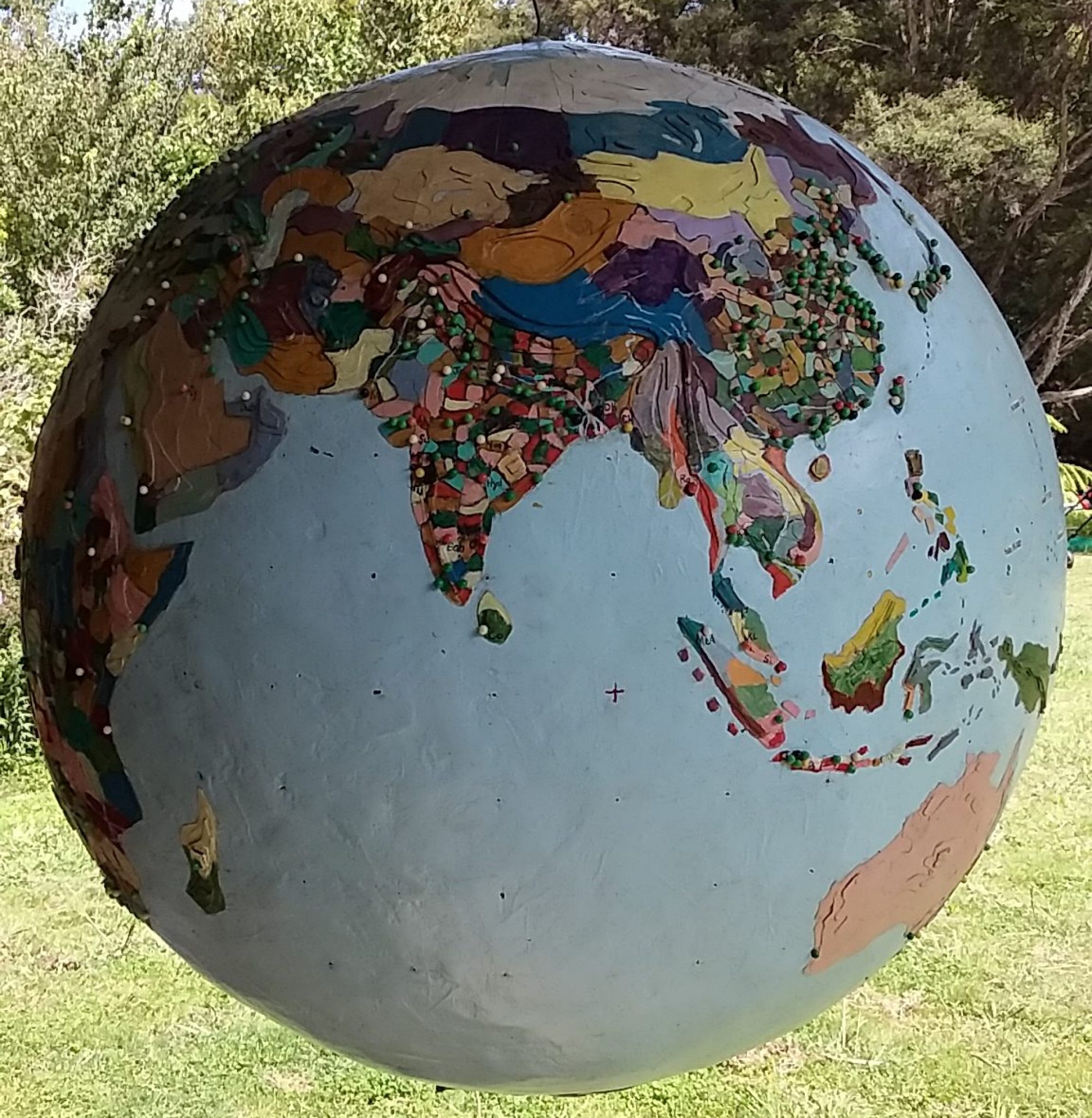Millisphere (noun): A discrete region of approximately one-thousandth of the total world population. Around seven million people but anywhere between 3.5 and 14 million will do.
I have previously sketched out the millisphere of Te Moananui (population 8 million) which includes Aotearoa and all the other islands of the Pacific but, following the above rules, New Zealand (population 4.7 million) qualifies as a millisphere by itself – a millisphere simply being a lens for examining human geography and it is allowable to change the focus.
The Dutch navigator Abel Tasman called these islands “Nieuw-Zeeland” when his party of explorers laid eyes on them in 1642 – and we have been spelling it wrongly ever since. A century-and-a-half later, Captain Cook redrew the map.
In November this year, Te Awahou Nieuwe Stroom will open in a repurposed Mitre-10 in Foxton. Located next to the replica Dutch windmill, Te Awahou will tell the story of the contribution to this country of 160,000 Dutch New Zealanders (and our ancestors).
Lockwood homes, Rembrandt suits, Vogels bread and the Royal Gala apple are some Dutch contributions and we are reputed to have introduced cafe culture to New Zealand.
The English have traditionally found the baldly direct Dutch way of communicating a little unsettling. “You won’t die wondering,” is what they say about the Dutch; as well as being notoriously tight.
Last weekend’s general election provides another lens through which to examine the human geography of “Nieuw-Zeeland”.
Candidates from all parties portrayed a country with a housing crisis, polluted rivers and child poverty – and naturally they were the ones to fix it. Not exactly the happy, green and clean image that we market to the world.
Though New Zealand winters are mild compared with the Netherlands, post-war Dutch immigrants complained that they had never been so cold as their first winter in a traditional NZ timber bungalow. One was expected to put on woolly socks and jumpers and soldier on.
We are only now learning that poor-quality housing leads to poor health. There are ways to build inexpensive warm dry houses (passive solar mass, small rooms and simple things like curtains) but the NZ building regulations often stand in the way.
Ironically, because of the leaky (and rotting) building crisis, caused by the mainstream building industry, it has become virtually impossible for the homeowner to legally do any building work on their own property.
Education and empowerment are ways out of the housing crisis – not the government and the building industry.
We could build our way out of the housing crisis but, at the moment, on the outskirts of Auckland we are building speculator suburban slums when we should be rebuilding well-designed higher density homes in the inner city.
Cleaning up our rivers is also possible. In recent times the regional councils have marginally improved land-use practices while at the same time doubling dairy herd numbers.
Many Dutch immigrants went into intensive agriculture like dairy and poultry. In the Netherlands, cows are kept inside barns but there are animal rights regulations requiring farmers to let their cows outside for some fresh air and severe regulations about what to do with the manure.
New Zealand dairy farmers were caught by the recent dairy price downturn but in the Netherlands it was worse because farmers there had just borrowed millions of euros to install robots to milk their cows to stay ahead of their competitors.
Last weekend’s election saw the tide go out for the minor parties. All that is left of United Future is the faint smell of stale fart and the Maori Party sank below the waves.
“There will be consequences,” said Winston Peters after the Greens called him a racist, and the Greens are dreaming if they think they can be part of a Labour/NZ First/Green coalition. The Greens lost support because both National and Labour appropriated their policies.
“If other parties take Green policy, that’s winning,” said former Green co-leader Russel Norman.
The Greens only option now is to work with National, and their bottom line should be the legalisation of “personal” cannabis. When I was in the Netherlands last, the government was gathering tax from the “coffee shops”, and most Dutch people had never heard of methamphetamine.
*When Fred Frederikse is not building, he is a self-directed student of geography and traveller, and in his spare time he is the co-chair of the Whanganui Musicians Club.
